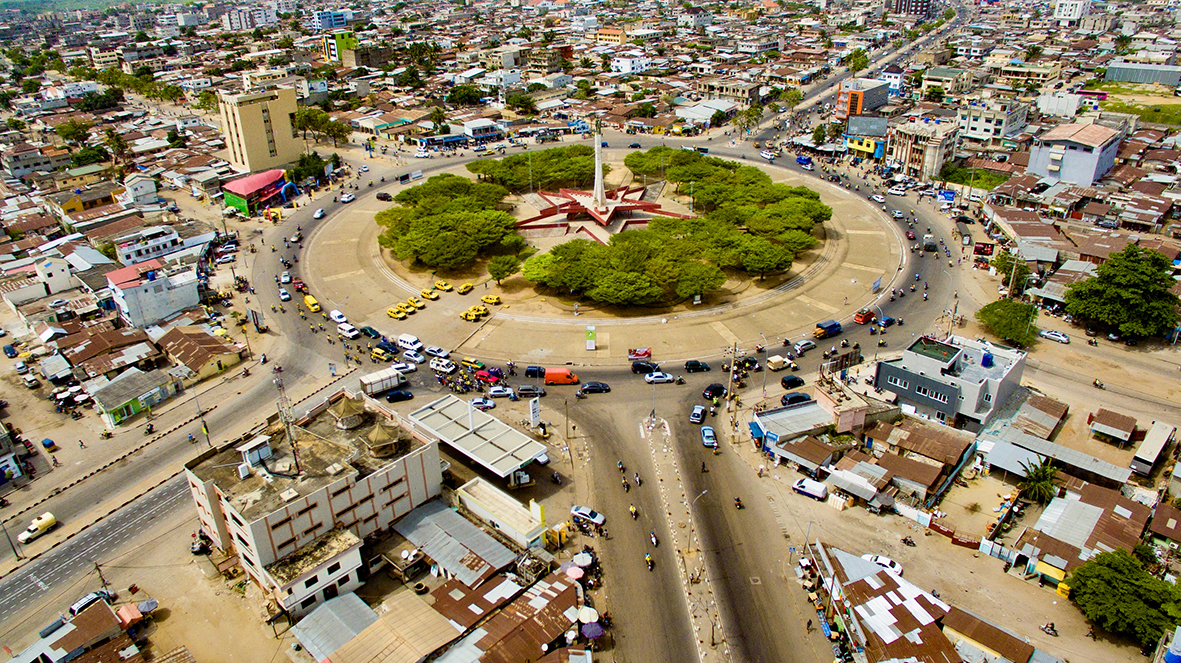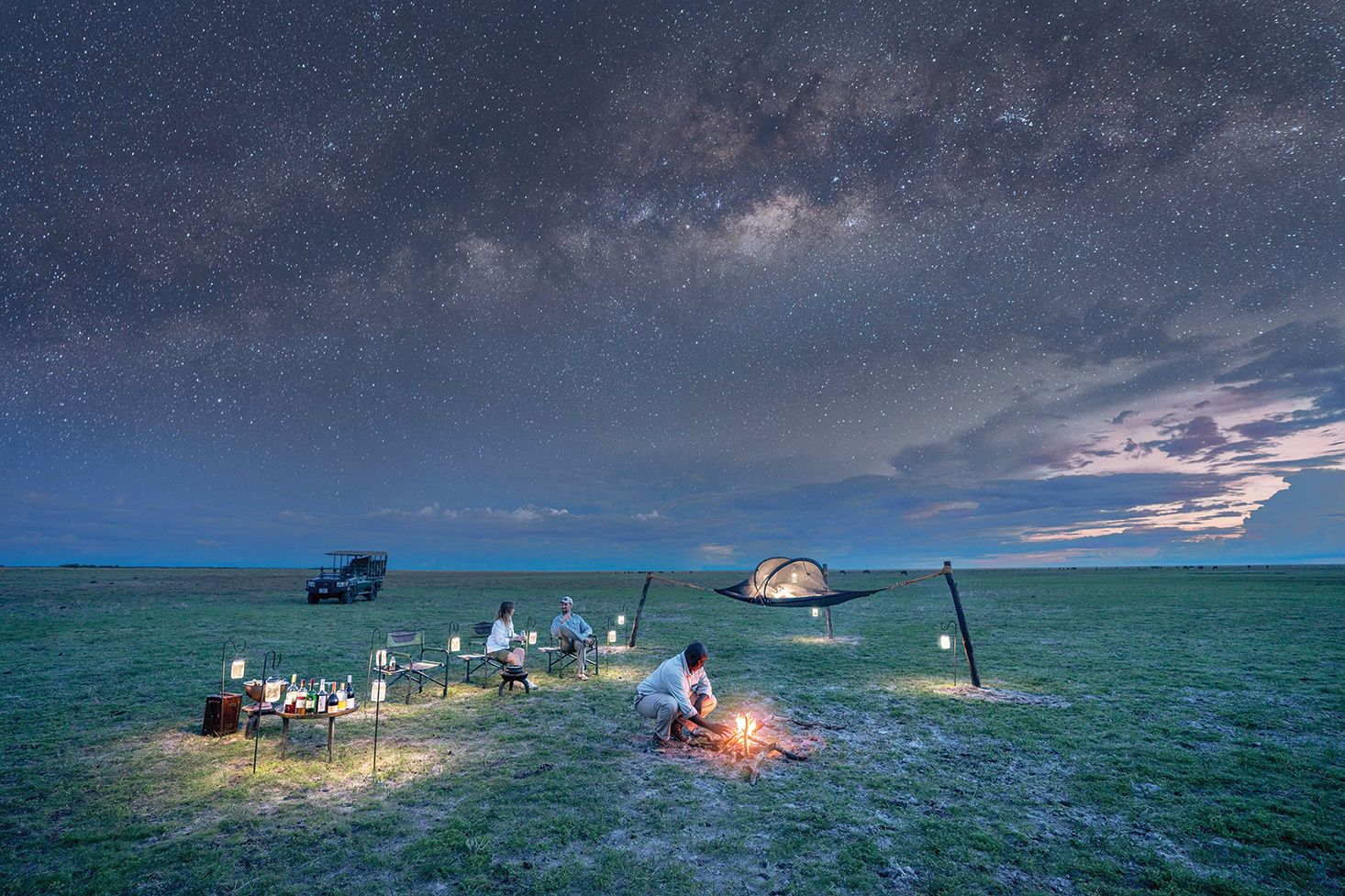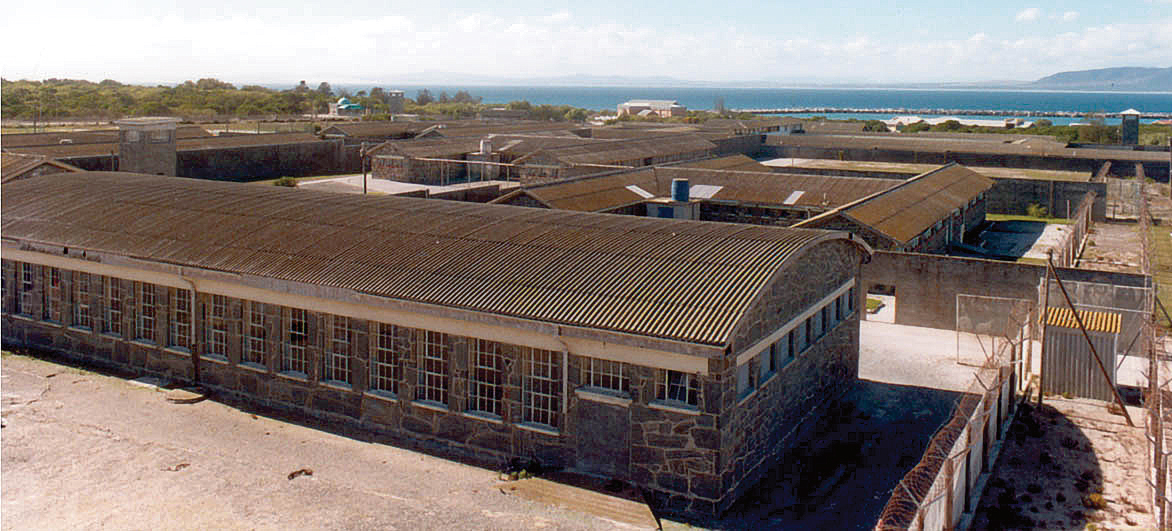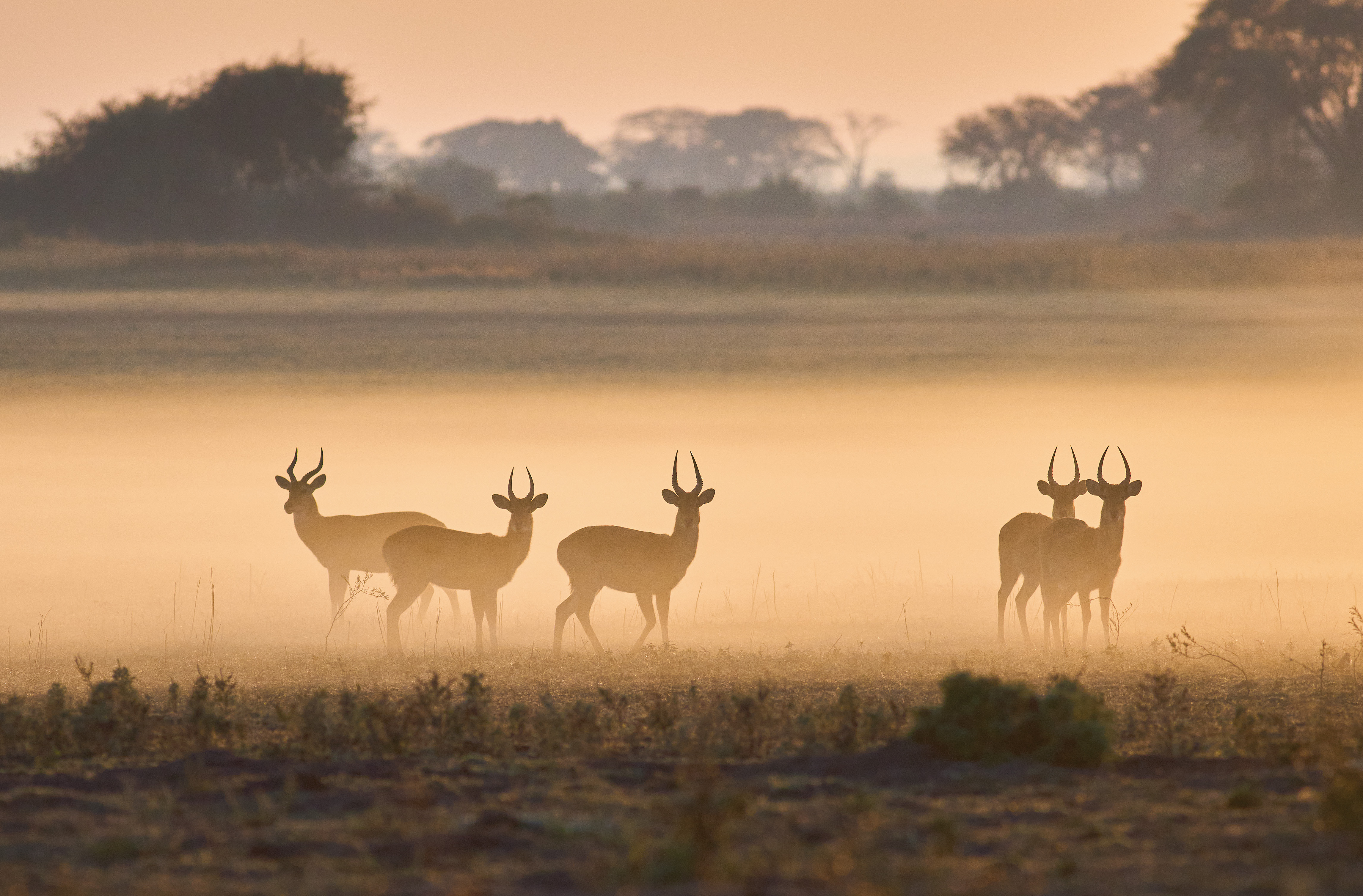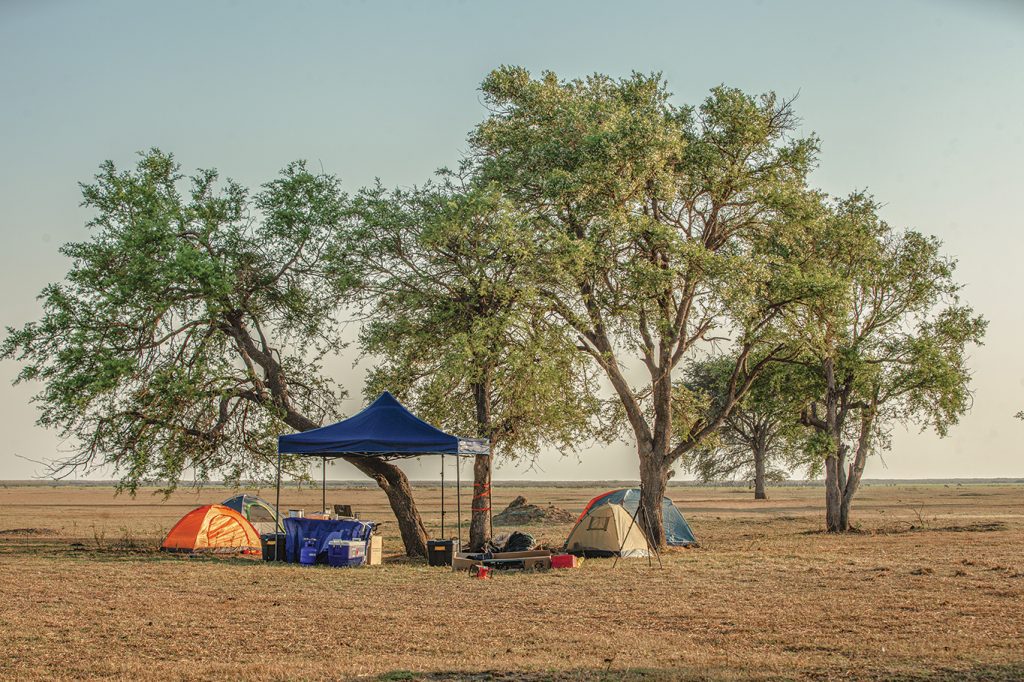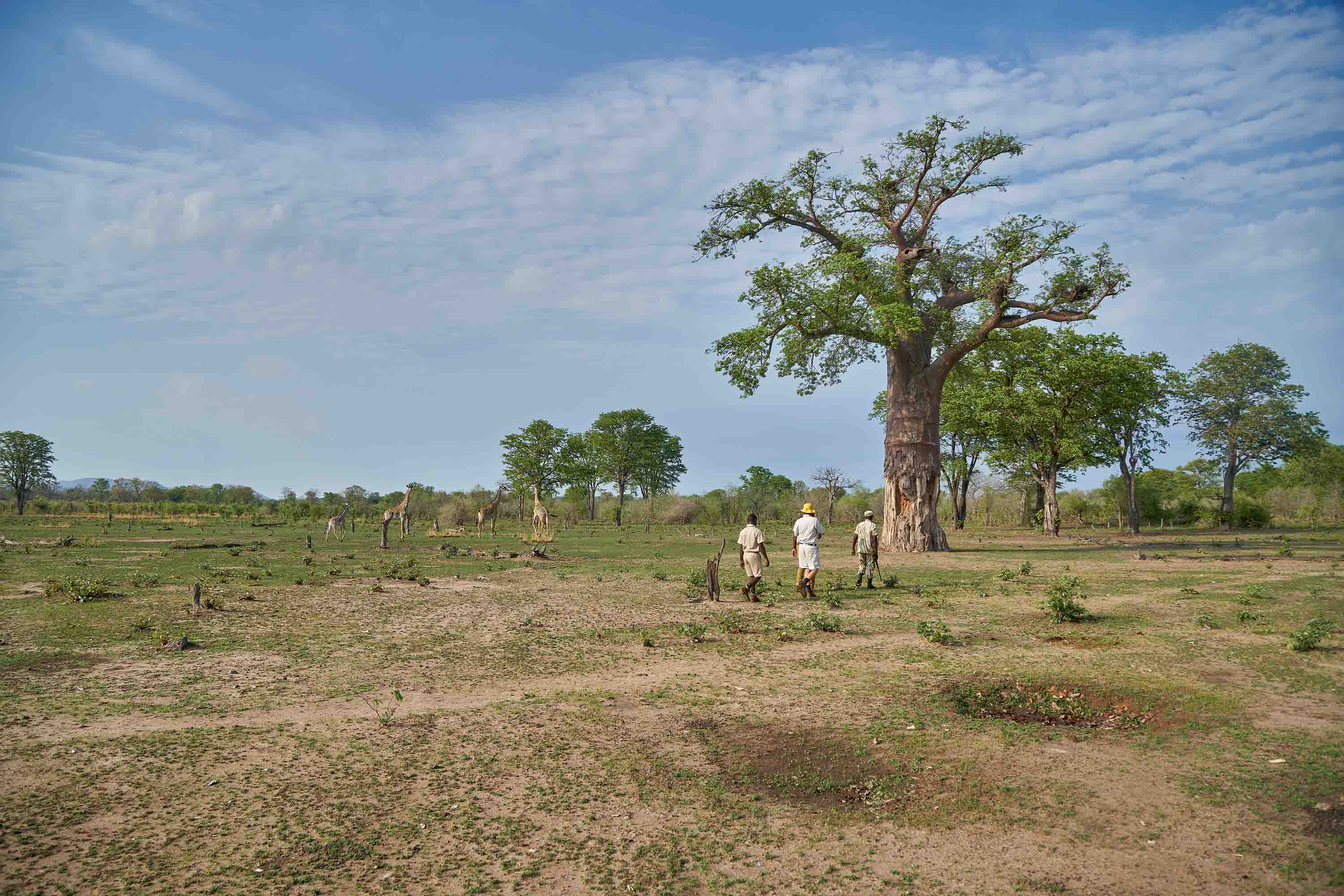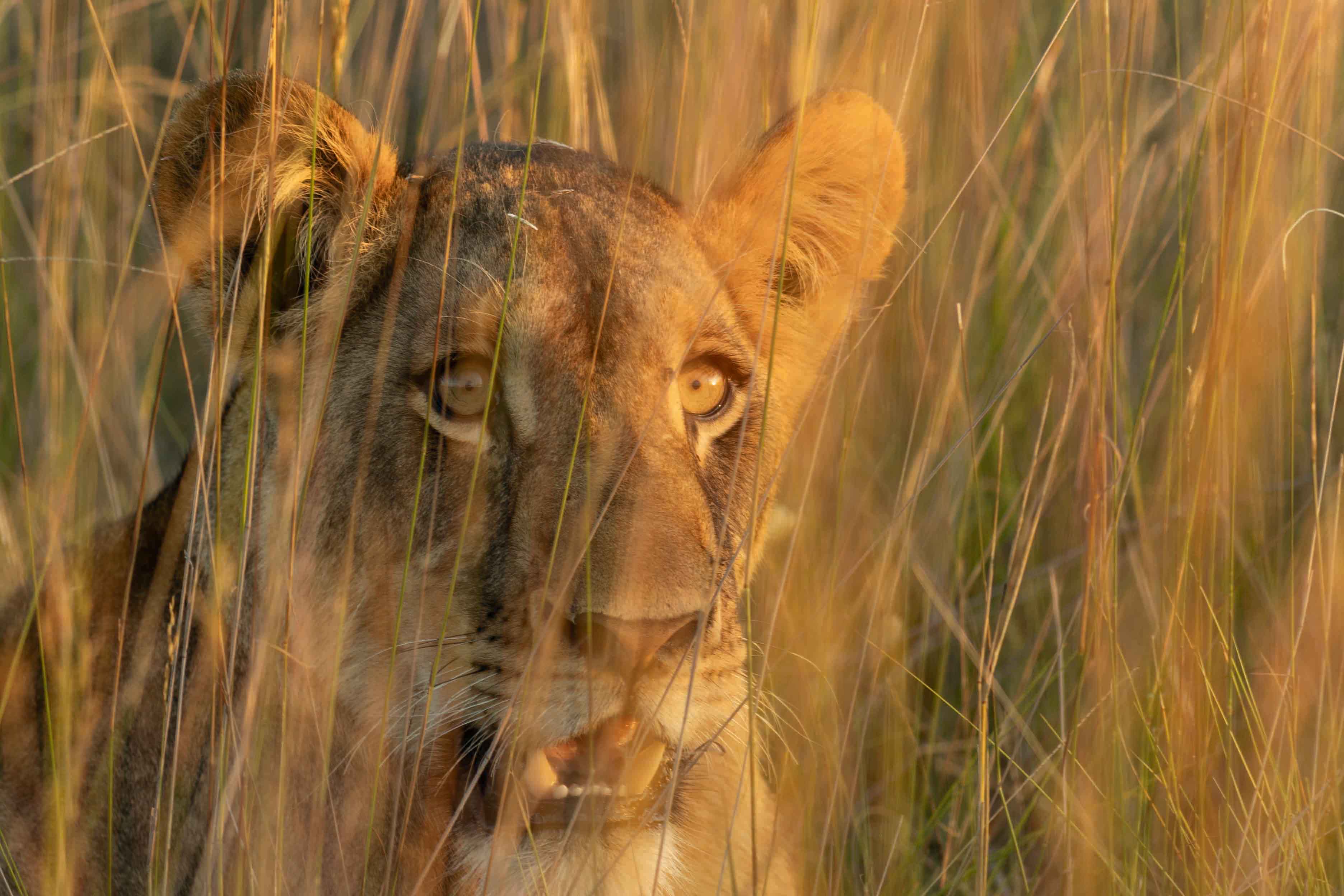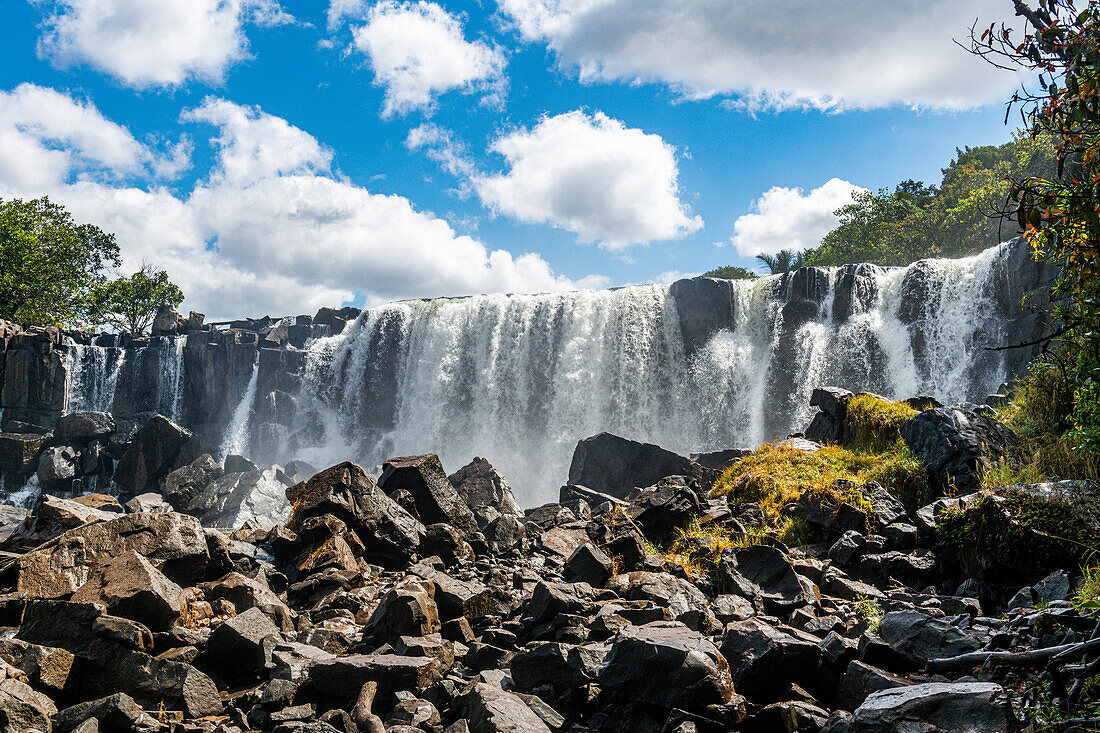FUN FACTS
- Dahomey, the pre-colonial kingdom that was located in present-day Benin had a fierce, all-female army known as the Mino, Minon or Dahomey Amazons. They were the inspiration for the all-female army in the Black Panther film.
- Benin has the largest population of lions in West Africa.
- Angelique Kidjo – who Time magazine once dubbed “Africa’s premier diva” – hails from Benin.
- Benin is the birthplace of voodoo or vodun, the often misunderstood and stereotyped religion.
- Benin was the first African country to successfully transition from a dictatorship to a democracy.
CHOOSE YOUR OWN ADVENTURE
- Spot nocturnal wildlife on a night drive in the Pendjari National Park.
- Attend the exciting and colourful Ouidah Voodoo Festival.
- Learn something new at the Ouidah Museum of History.
- Gawk at the sprawling Dantokpa Market.
Sandwiched between Togo and Nigeria in West Africa, Benin may not be at the top of most people’s list of must-visit destinations, but it offers an array of activities for the curious and adventurous. Once the location of a thriving kingdom, ancient Benin played a major role in the trans-Atlantic slave trade and as a result has a story teeming with dark history and cityscapes with interesting architecture. Benin also has idyllic beaches and vibrant festivals.
While Porto-Novo is the capital city, most government buildings are located in Cotonou, which is the economic capital and largest city. But do not confine your travels to these two cities as the rest of the country has lots to offer, including Ouidah and Abomey. Some wonderful sites to visit are the Cotonou Cathedral, Kota Falls and the Python Temple. These locations are also a testament to the fact that Benin is a must-see for those with a keen eye for detail and a love for history. It has architectural appeal, fascinating culture and enough sites to build memories for a lifetime.
Most of Benin’s attractions are of genuine historical, cultural and religious significance to its citizens and not necessarily created to cater to tourists. For this reason, many visitors feel they get authentic insights into the country.


PENDJARI NATIONAL PARK
Unspoiled by mass tourism, Pendjari National Park is the largest wild ecosystem in West Africa. The best time to visit this untamed land is around the end of the dry season (November – February) and you can expect to see majestic lions, elephants, hippos, leopards, buffalos and cheetahs in all their glory. It’s also home to over 460 bird species and BirdLife International identified it as an Important Bird Area (IBA). This means the area is important for the protection of threatened and/or range-restricted species (like the Egyptian plover and black-crowned crane).
If bird feathers don’t tickle your fancy, you can take a deeply relaxing dip at the Tanougou Waterfalls’ natural pool in the Akatora Mountains at the edge of the park.
Pendjari is managed by African Parks in partnership with the Government of Benin, the National Geographic Society, the Wyss Foundation, and other partners. Together, these bodies work towards the ecological restoration and protection of the park and uplifting its surrounding communities.

PORTO-NOVO
Located off Lake Nokoué, Portuguese colonisers named the city after Porto in Portugal when they invaded the West African shores and began trafficking enslaved people from the land in the 16th century. The Alexandre Sènou Adandé Ethnographic Museum chronicles some of this history. Its ground floor houses a spectacular collection of ceremonial masks while the colonial structure’s top floor is organised thematically around birth, life and death. Here you’ll find traditional regalia, carved drums and more.
Built by freed slaves who returned to their ancestral home in the 1700s, the Great Mosque of Porto-Novo is an awe-inspiring blend of Brazilian and West African culture that should also form part of your itinerary. Benin’s Afro-Brazillian heritage is apparent not only in Porto-Novo but also in Ouidah and Abomey.

COTONOU
One of the most interesting places to visit in Benin’s economic capital isGanvie, a village sitting on Lake Nokoué. With over 20,000 people living in structures supported by stilts on the water, Ganvie is said to be the largest lake village on the continent. It was established as a safe haven for Tofinu people escaping the Fon slavers between the 16th and 17th centuries.
It’s no surprise that the village is mainly dependent on fish and fish farming, and you might be interested to know that the average family usually has three boats – one for mum, another for dad and one for the children to get around.
If you believe the adage that art imitates life, you’d enjoy a visit to the foundation Zinsou, a gallery housing contemporary African art. The building itself (the Villa Ajavon) is a marvel of Afro-Brazilian inspiration and within it are intriguing collections of photography, paintings and sculptures.
Not far from the gallery and buzzing with activity in the heart of Cotonou isDantokpa Market, which seems to stretch as far as the eye can see. This is a must-visit if you want to experience another facet of Benin. It has everything from batik and ankara fabric to ingredients for voodoo rituals in its fetish section.

OUIDAH
Considered the voodoo capital of Benin, this beach town is shrouded in mystique and delves deeper into the country’s slave history.
After vodun— better known as voodoo in the West—was officially declared a religion by the government, masses of practitioners and believers began to trek annually to Ouidah, the epicentre of vodun worship, for an unmissable festival. The celebrations begin when the supreme vodun priest slaughters a goat to honour the spirits, and festivities are characterised by chanting, dancing, singing, drumming and drinking gin. The Ouidah Museum of History sheds more light on vodun’s history. Do note that while voodoo is officially recognised as a religion, Christianity is the biggest religion in Benin.
The Slave Route trail may be triggering for some but is well worth a visit. It follows the last four kilometres covered by enslaved people being forced onto ships that took them to the Americas. The Beninese government with UNESCO’s assistance started the project to commemorate the victims of the slave trade in the nineties. The result was an awe-inspiring series of statues, monuments, and installations beginning in the town, and following the dirt road to the beach. The works were the product of collaboration between talented artists and architects. At the end of this dirt road is the Towering Door of No Return, a monument to the countless enslaved Africans snatched from the port of Ouidah.

ABOMEY
Abomey’s main attraction is its Royal Palaces. UNESCO declared them a World Heritage site in 1985 and believes that, “They are the living expression of a culture and an organised power, testimony to the glorious past of the kings who ruled the Kingdom of Dahomey from 1620 to 1900”.
The location has a museum housed in two palaces that belonged to Kings Ghézo and Glélé. Within it are displays of royal thrones and tapestries, as well as eerie human skulls that were once used as musical instruments, and four skulls of vanquished enemies mounted on King Ghézo’s throne.
12 kings ruled the mighty Kingdom of Abomey between 1620 and 1900. With the exception of King Akaba who had his own separate enclosure, all had their palaces built within the same enclosure and carried on the tradition of previous palaces in relation to the use of space and materials. The palaces are a unique reminder of this extinct kingdom and the civilizations that once thrived in Africa.
